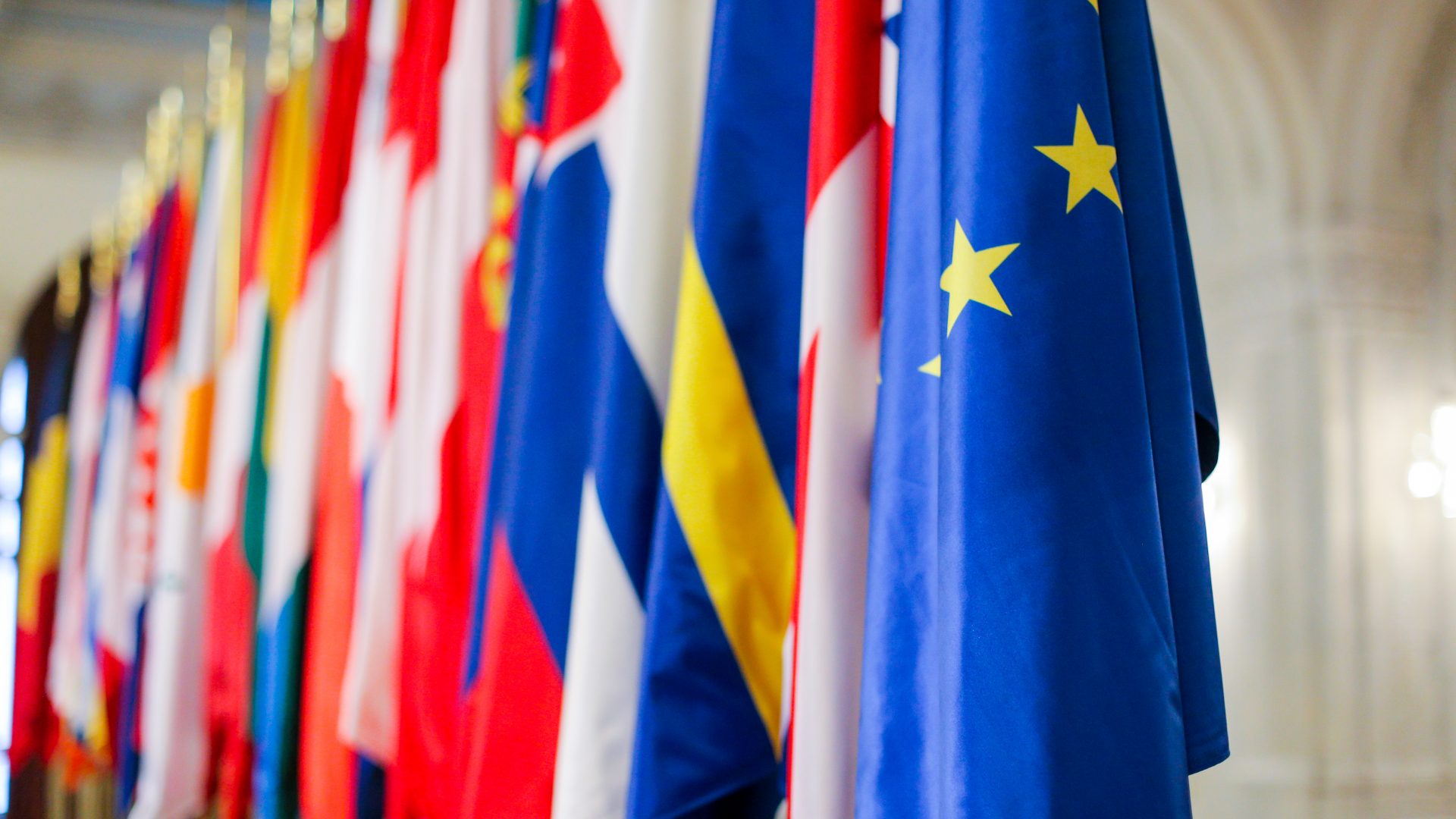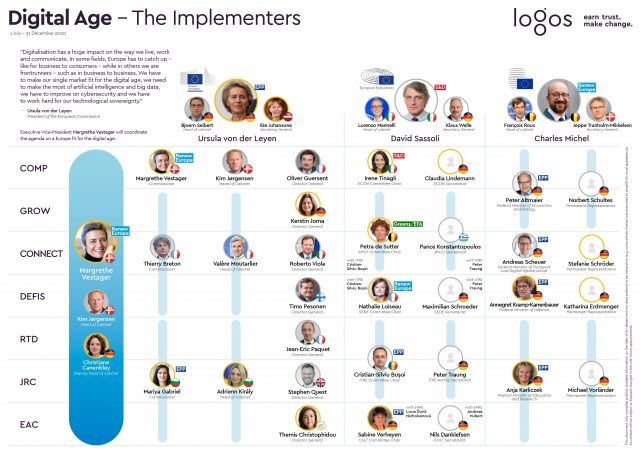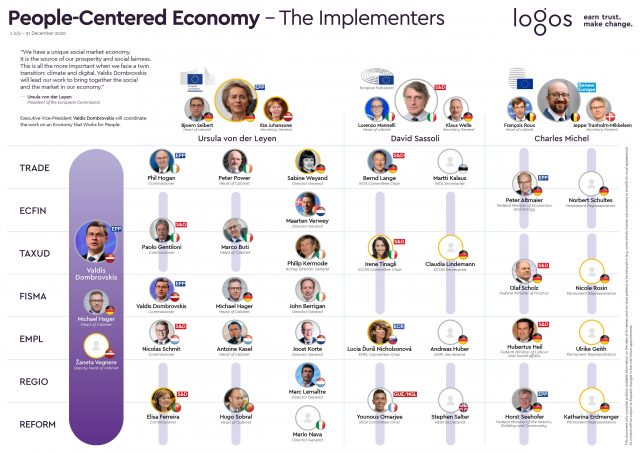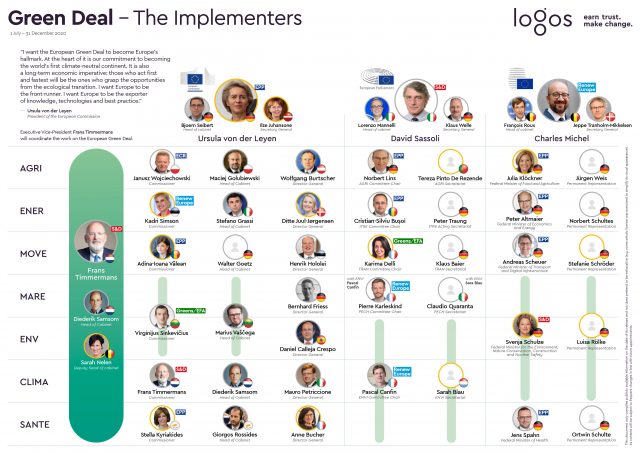
#TheImplementers 3.0 – the German EU Presidency
On 1 July, Germany will hold the presidency and chair the Council of the European Union, starting a new trio formed with Portugal and Slovenia for the next 18 months. The joint trio-EU program will be primarily dedicated to the recovery of Europe, after having to face an unprecedented crisis caused by the Coronavirus pandemic.
During the six months of its EU Presidency, Germany identified six priorities that are quite aligned with the priorities of the Von der Leyen Commission:
- A robust economic recovery – including social and human dimensions;
- A stronger and more innovative Europe – extending the digital and technological sovereignty of Europe;
- A just Europe – strengthening social cohesion and reducing inequalities among the EU citizens;
- A sustainable Europe – focusing on an ambitious climate, environmental, and biodiversity protection policy;
- A Europe of security and common values – promoting fundamental European values;
- An influential Europe in the world – empowering European foreign policy.
Would you like to have an overview of this new organisational setup? logos has updated its organisational charts of the EU leadership, including all the members of the German EU Presidency. Please find below the updated organisational chart for each top priority of the European Commission “European Green Deal”, “Europe fit for the Digital Age” and “An Economy that Works for People” with #TheImplementers, the leading policymakers and officials of the three European institutions.
You can download the #TheImplementers charts individually below and in bulk here.

Digital Age – The Implementers | DOWNLOAD


